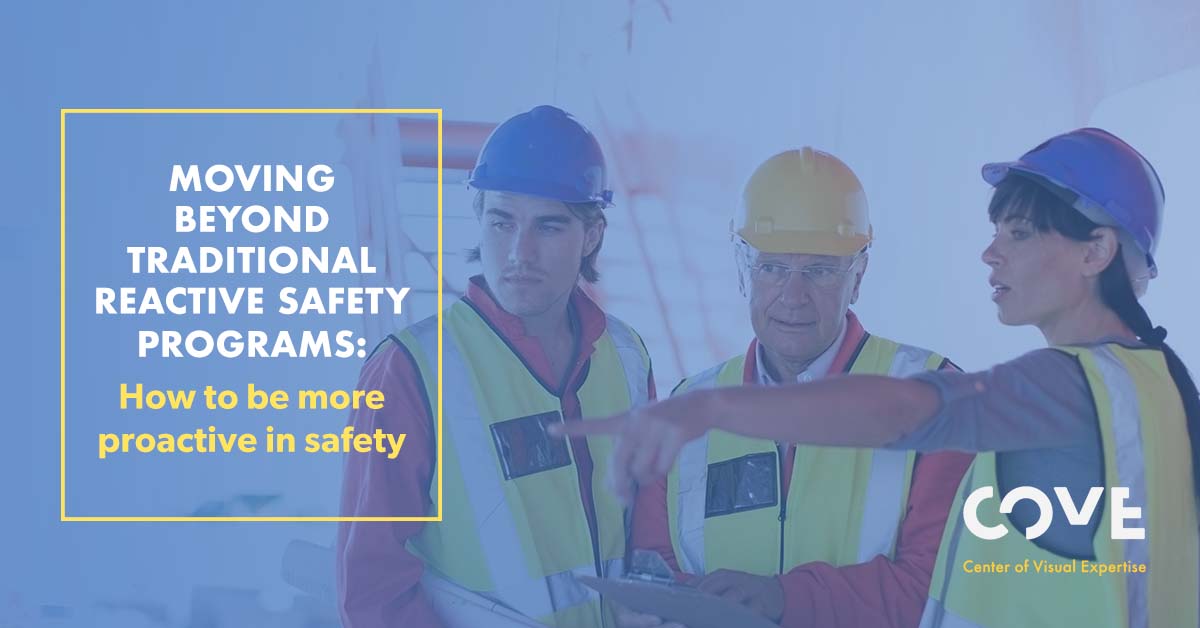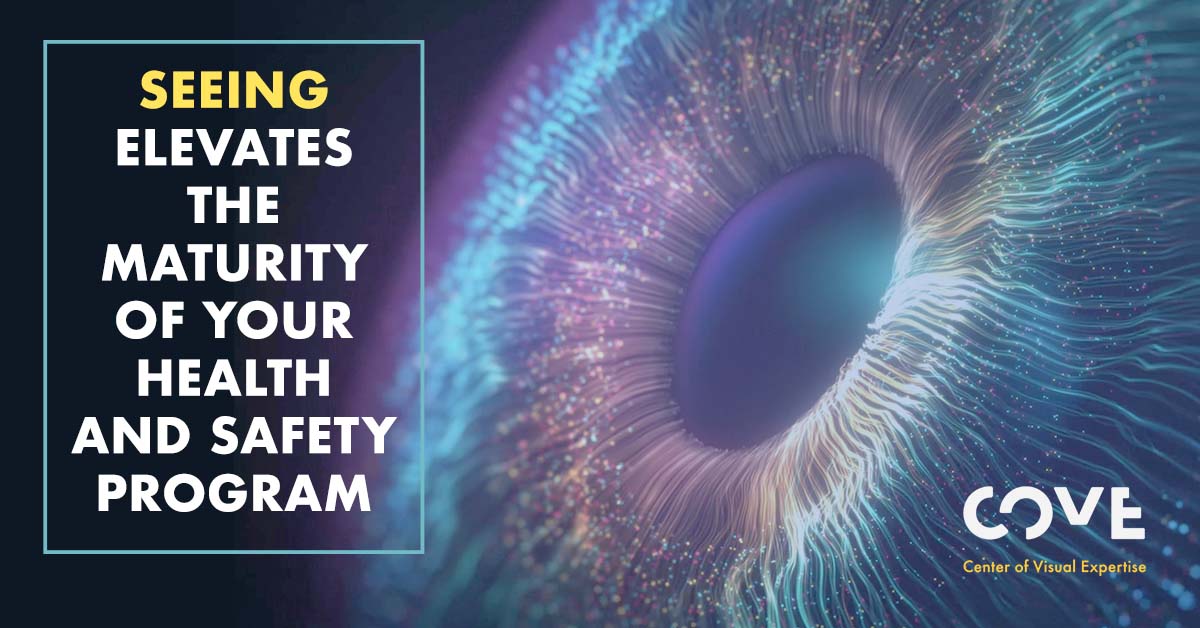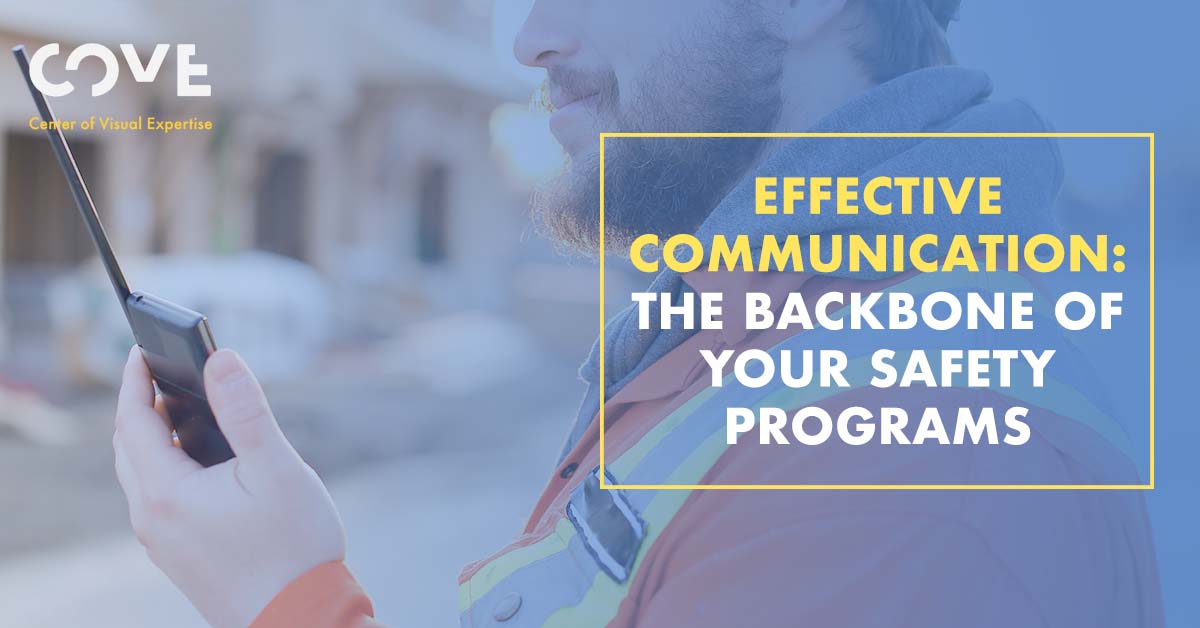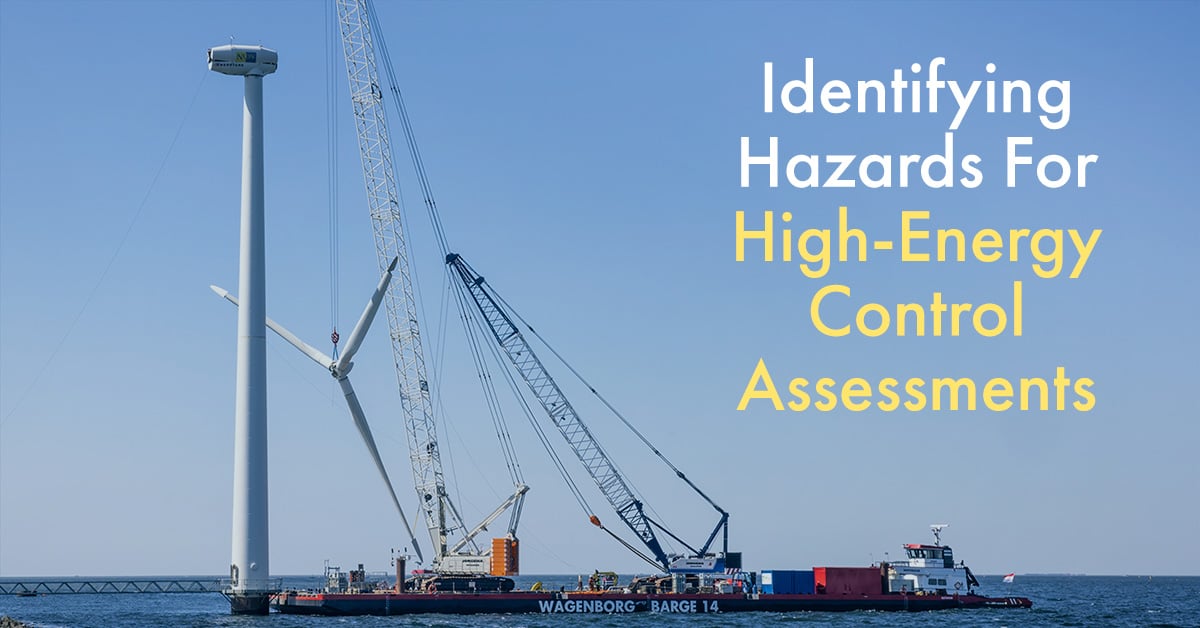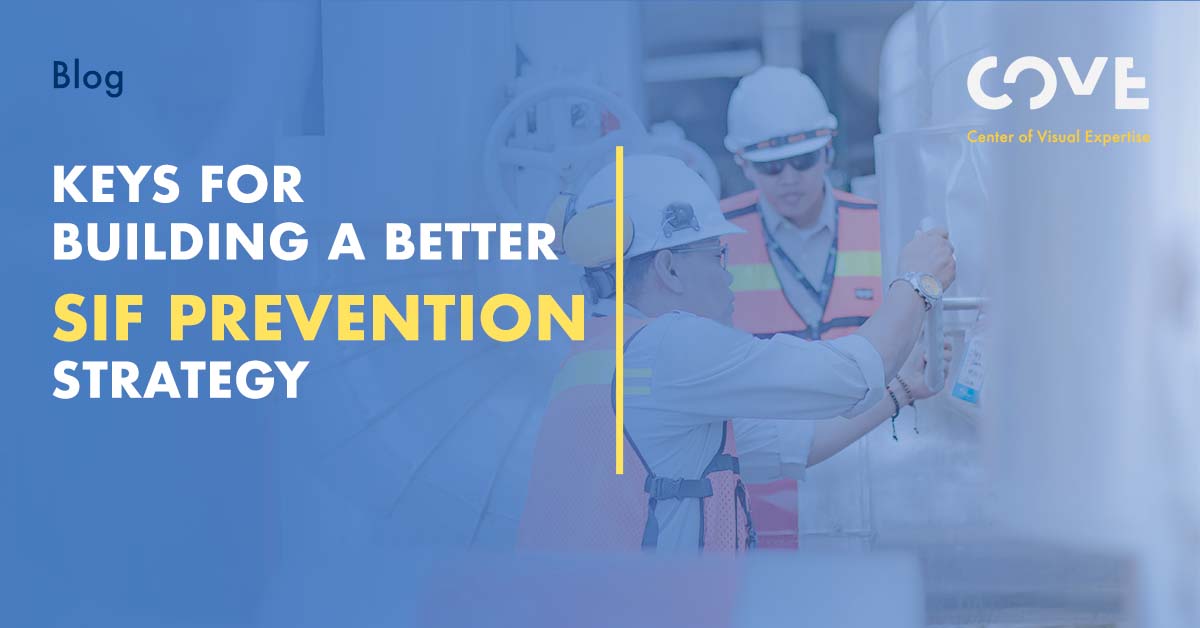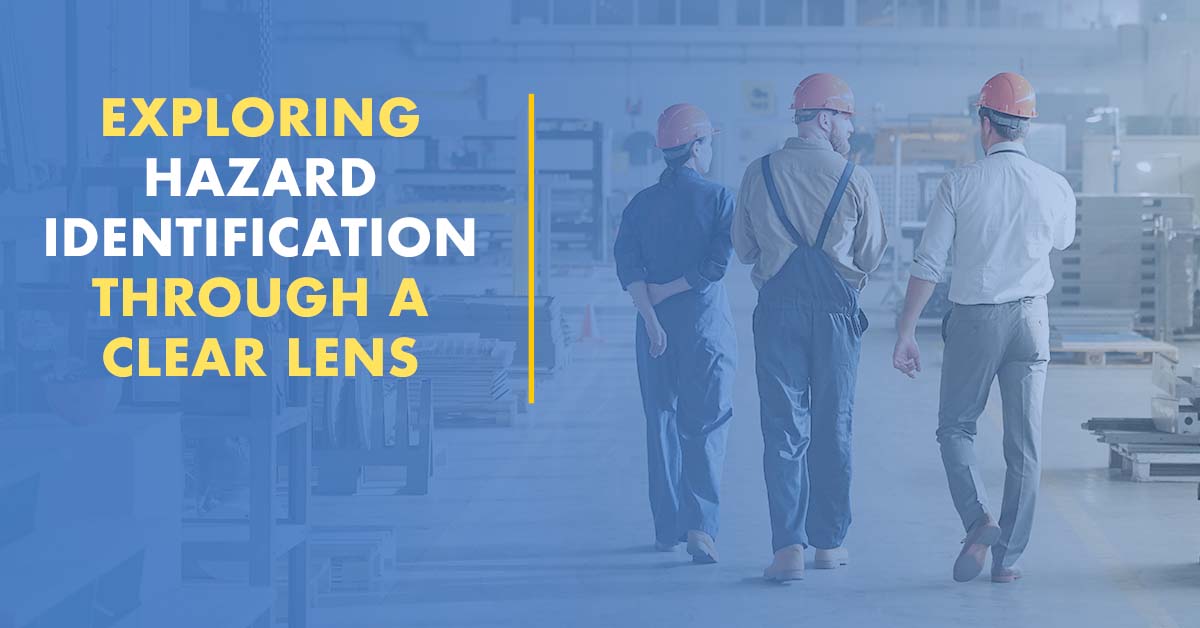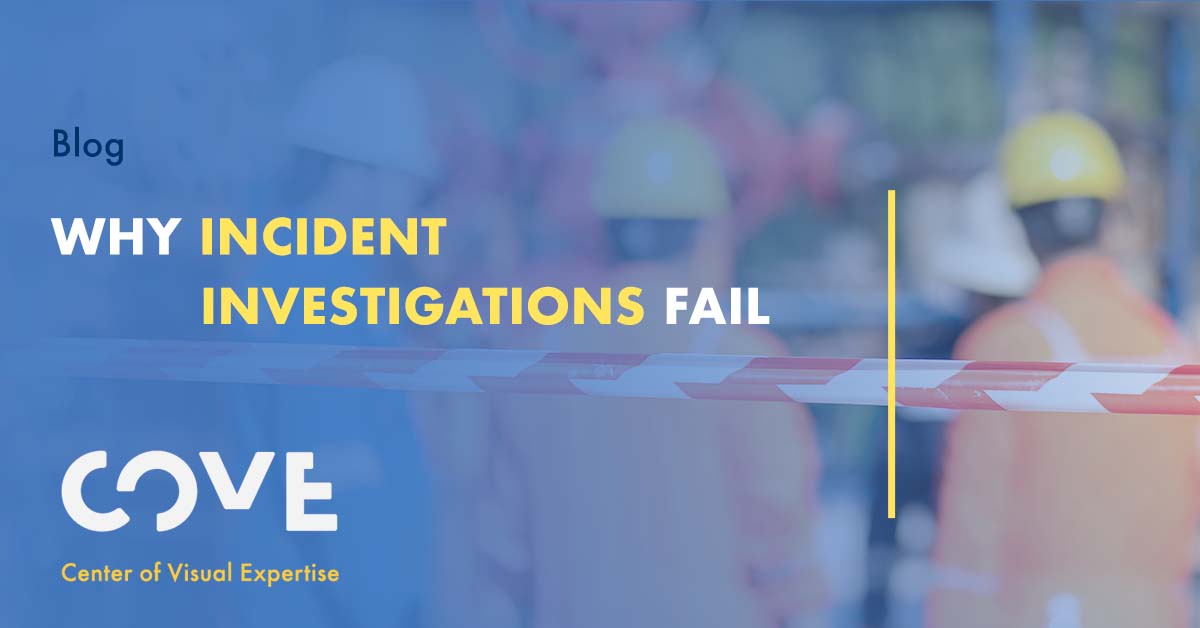By Doug Pontsler on May 21, 2019 1:36:00 PM
Over the past several months I have had the opportunity to meet and engage with many EHS professionals through our work on Visual Literacy. I continue to be inspired by their commitment to find new and innovative solutions for improving their safety performance. That leads them to COVE and their interest in Visual Literacy.
The profile of most companies that exhibit interest in Visual Literacy are the ones who have already achieved significant improvement in their safety performance, but the improvement curve has flattened out. They are culturally mature, are focused on zero, and have comparatively favorable incident rates. They are also usually well positioned with existing safety programs and many of the fundamentals necessary for high performance in safety are in place. This includes not only safety management systems but also leaders who focus on engaging employees in the safety processes.
Visual Literacy is not a substitute for fundamental safety processes. You would not want to ignore guarding needs, confined space entry processes, and other critical activities just because you are implementing Visual Literacy. Visual Literacy does, however, provide the opportunity to enhance overall performance in your core safety processes. If seeing is required to be effective in what we do – and where isn’t it (effective) – Visual Literacy matters.
This explains the context for where and why Visual Literacy impacts safety. Building skills in Visual Literacy within our teams builds critical thinking in our safety processes. It slows everyone down and allows us to break through normal tendencies – to see some things and ignore others. It informs us that our biases, expectations, and experiences all play a role in what the brain instructs us to look at.
We live in an increasingly visual world where we take in most of our information with our eyes and brain. It seems to me that we should work hard to be good at it – and we can. Perhaps nowhere is this more important than protecting ourselves and our team members that we work with – both in the workplace and at home.
If you’re interested in learning more about this unique approach, I’d encourage you to register for one of our upcoming Visual Literacy workshops held at the Toledo Museum of Art. You will learn the foundations of Visual Literacy and tools that will enable you to start seeing more of the world around you.



